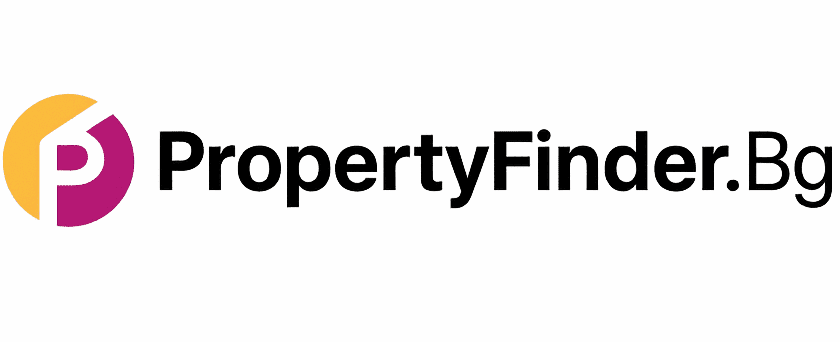Contents
In the previous articles in this series, we have looked at different methods of measuring property yields. Today, we’ll focus on the capitalization rate, or so-called Cap Rate, a metric widely used for quick benchmarking, especially for commercial properties, but also useful for residential investments.
What is Capitalization Ratio (Cap Rate)
The Capitalization Ratio, better known as Cap Rate, is one of the most used metrics in the commercial and investment real estate industry. It is also useful in residential investments, especially when it comes to comparing potential deals or assessing the market value of a property as if it had been purchased entirely with your own funds, without the use of a loan.
Cap Rate Calculation Formula
Cap Rate (%) = (Annual Net Operating Income (NOI) / Market Value or Property Price) × 100
Main components of the formula
1. Annual net operating income (NOI)
It is calculated in the same way as for the net rental yield indicator. This is the annual gross rental income less any annual operating expenses. Debt service costs (mortgage payments) are not included here.
2. Market value or price of the property
This is the current market value at which the property can be bought or sold. If you are analyzing a potential purchase, the offer or negotiated price of the property is used, along with acquisition costs.
Cap Rate Application
Comparison of investments
Cap Rate allows a quick comparison of the yields of different properties in a market, regardless of how they are financed. A higher Cap Rate usually implies a higher yield relative to the price of the property, but may also indicate a higher risk.
Estimated market value
If the typical Cap Rate for a particular property type in a given area is known (based on completed transactions), it can be used as a guide to the market value of a particular property:
Market Value = Annual NOI / Cap Rate
Example of Cap Rate calculation
Assume a property generates an annual net operating income (NOI) of €4,050. If the current market value of the property (including acquisition costs) is €110,000, the calculation is:
Cap Rate (%) = (4,050 / 110,000) × 100 = 3.68%
How to interpret Cap Rate values
- A lower Cap Rate is often associated with a higher property price relative to the income generated. This may indicate that the property is in a better location, is perceived as more secure or has the potential for future growth.
- A higher Cap Rate can mean a lower price relative to income (a better deal in terms of current yield), but it can also signal a higher risk – for example, a worse location, an older building, or problems with tenants.
Other important clarifications about Cap Rate
- Cap Rate does not account for the effect of financial leverage (mortgage) as it is based on NOI prior to debt service.
- Changes in average Cap Rate values for a market can be an indicator of market trends:
- A rising Cap Rate may signal a decline in prices or increasing risk.
- A falling Cap Rate often reflects rising prices and increased investor confidence.
Cap Rate Limitations
Despite its usefulness, Cap Rate also has limitations:
- Does not take into account personal taxes on the investor’s income
- Does not include the potential for future growth in NOI or property value
- It is best used in combination with other profitability metrics such as Net Rental Yield and ROI to get a complete and balanced picture of investment potential
Conclusion
Cap Rate is a quick and effective tool for comparing the yields of different properties. However, it should not be the only criterion for an investment decision. It is important to analyse other key metrics to get an overall picture of the performance and risk of your property investment.
In the next article, we’ll look at which factors affect returns and how to consider them when making an investment decision.
You might also like:
- Renovating on a Budget: How to Increase Rent and Property Value
- Property in Sicily – a region with potential: discover the hidden opportunities of the Mediterranean
- Key factors influencing property yields: what moves the arrows
This post is also available in: Български







